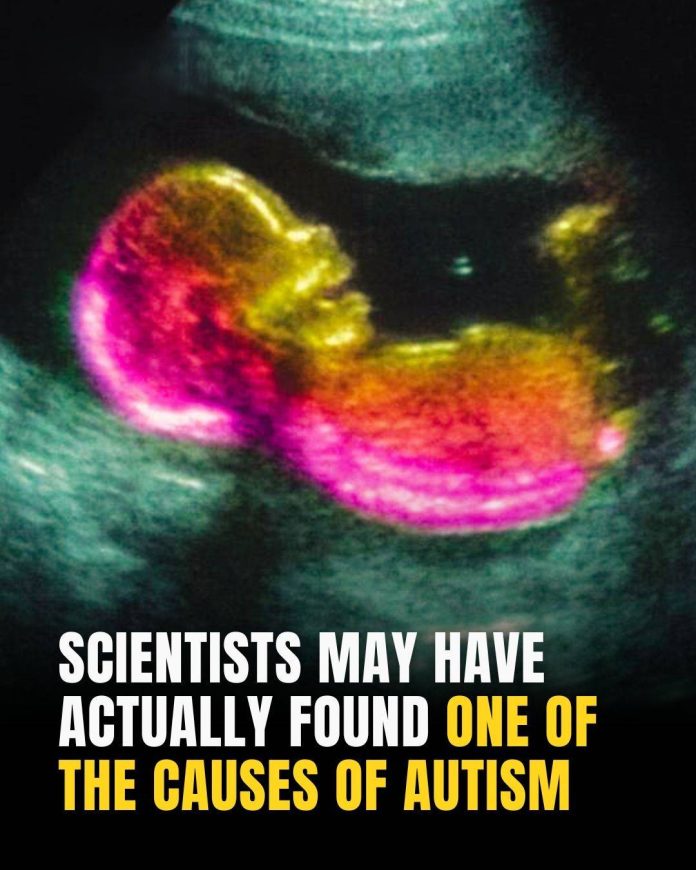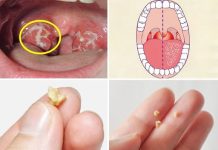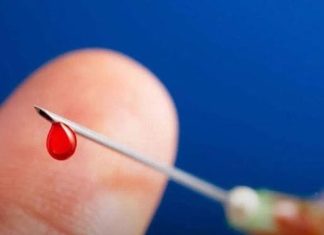Recent research is shedding light on possible root causes of autism spectrum disorder (ASD), challenging long-held assumptions and opening new paths toward earlier detection and personalized care. Rather than pointing to a single cause, the emerging view suggests that autism arises from a complex interplay of genetics, metabolism, brain development, and environmental influences.
Genetic Diversity: More Than One Autism
A major breakthrough came in 2025, when scientists identified four biologically distinct subtypes of autism based on genetic profiles and behavioral differences. These subtypes — often labeled “Social/Behavioral Challenges,” “Mixed ASD with Developmental Delay,” “Moderate Challenges,” and “Broadly Affected” — each involve different types of genetic mutations and developmental trajectories. For example, children in the “Broadly Affected” group typically show damaging de novo mutations (mutations not inherited from parents), whereas those in the “Mixed ASD with Developmental Delay” subtype tend to carry rare inherited variants.
This distinction helps explain why two individuals may behave similarly yet have entirely different biological underpinnings behind their ASD.
Because of these findings, many experts argue that it is not accurate to treat autism as a single condition; instead, autism may be more like a family of related conditions — each with its own cause, development, and needs.

Metabolism & the “Cell Danger Response”
Genetics tell part of the story, but researchers have also discovered metabolic changes that appear early — even before behavioral symptoms arise. In a 2024 study, scientists compared newborns and 5-year-olds (some later diagnosed with ASD) and found that a small number of biochemical pathways — just 14 out of 50 studied — were responsible for about 80% of the metabolic differences associated with autism. Many of these pathways relate to what has been called the “cell danger response” (CDR) — a universal biological reaction to cellular stress or injury. Under typical development, this response would subside once the threat is gone; but in children who develop autism, it appears those safeguards may not develop properly. Because metabolism links brain, immune system, and gut — all of which play roles in neurodevelopment — these findings suggest that autism could, in part, be a disorder of how the body responds to early-life stress or environmental exposures. Encouragingly, this metabolic lens raises the possibility of early detection and targeted interventions. For example, previous clinical testing of a historic drug originally used for parasitic infections — when administered at low dose — showed measurable but temporary improvements in social interaction, language, and behavior in children with autism. Although far from a cure, these findings support the idea that metabolic interventions might one day help modify how ASD manifests.
Brain Structure & Function: Connecting Genes to Changes in the Brain
Advances in neuroimaging and single-cell genomics are gradually bridging the gap between genetic variations and observable changes in the brain. A major project published in 2024 demonstrated for the first time that certain cell types — including long-range projection neurons connecting different brain regions, and a specific group of interneurons — are affected in individuals with genetic risk for autism. These findings imply that genetic risk doesn’t just increase the odds of autism — it alters the way the brain’s circuits develop and communicate. This may account for differences in behavior, cognition, and sensory processing often observed in autism. By linking gene regulation, cell-type changes, and neural network abnormalities, researchers are constructing a layered explanation: genes affect brain-cell development, which alters brain circuitry, which in turn contributes to the behavioral traits of autism.

Why There May Never Be One Single Cause — and What That Means
Taken together, these lines of work underscore a major shift in thinking: autism is unlikely to have a single cause or one “silver bullet” explanation. Instead, it appears to result from a dynamic combination of genetic susceptibility, metabolic state, brain development, and environmental influence. This complexity may explain why studies looking for a singular cause — for example, blaming vaccines, parenting, or one environmental factor — have consistently failed. Indeed, the outdated notion that autism stems from poor parenting has long been discredited. The new findings also highlight the value of personalised approaches to diagnosis and care. Recognizing different subtypes — with distinct genetics, metabolic profiles, and brain features — may help tailor interventions: what helps one person may not help another. Looking ahead, combining genetic screening, metabolic profiling, and brain imaging might allow earlier detection — perhaps even before symptoms emerge. That could open a window for interventions that guide development toward better outcomes.

















